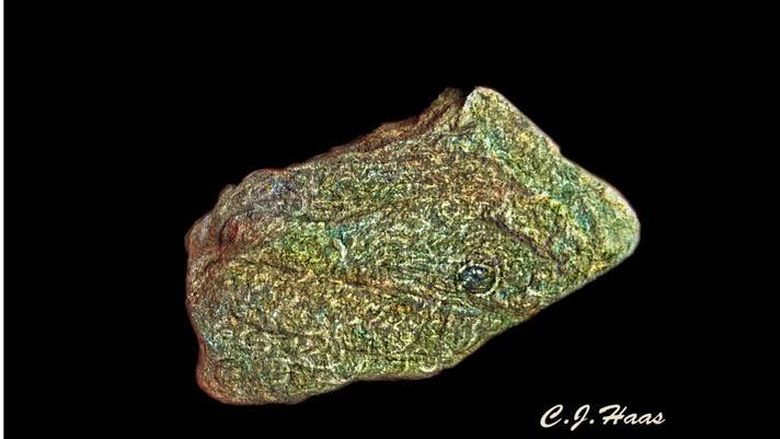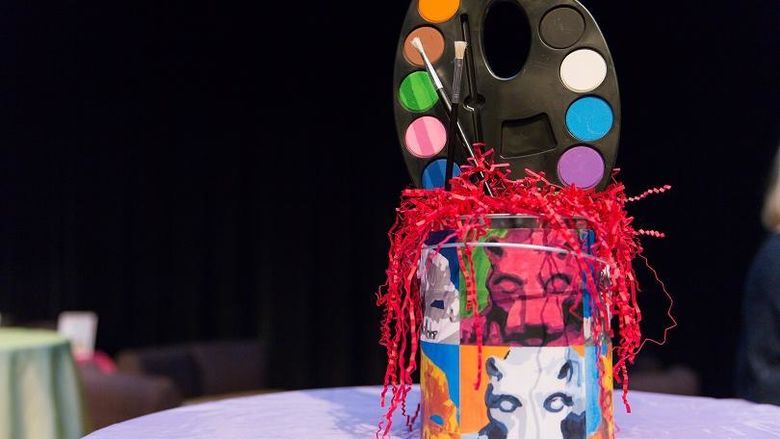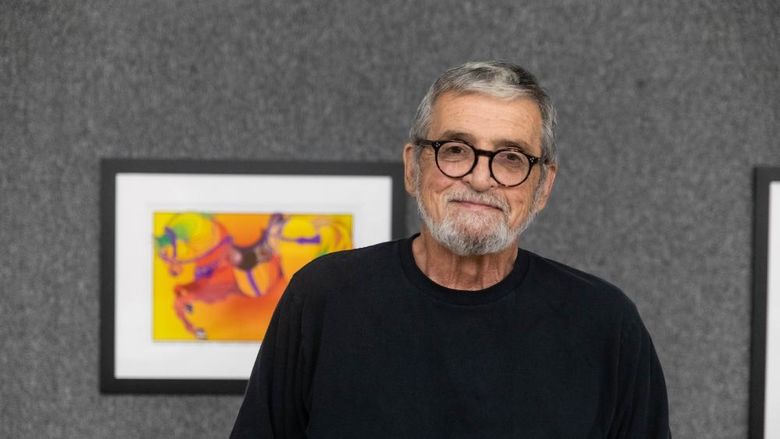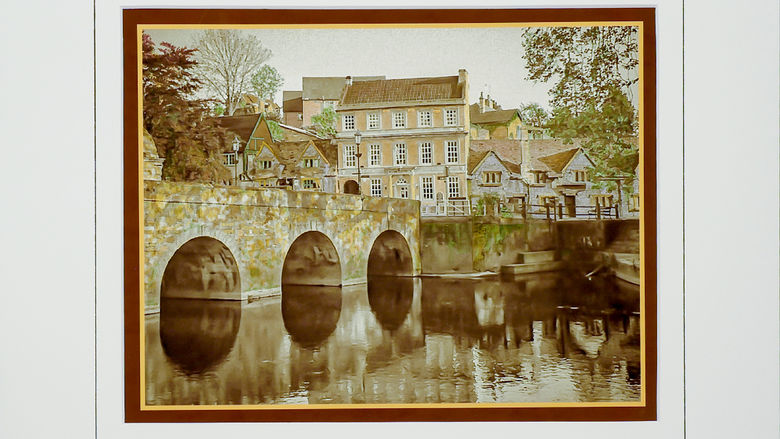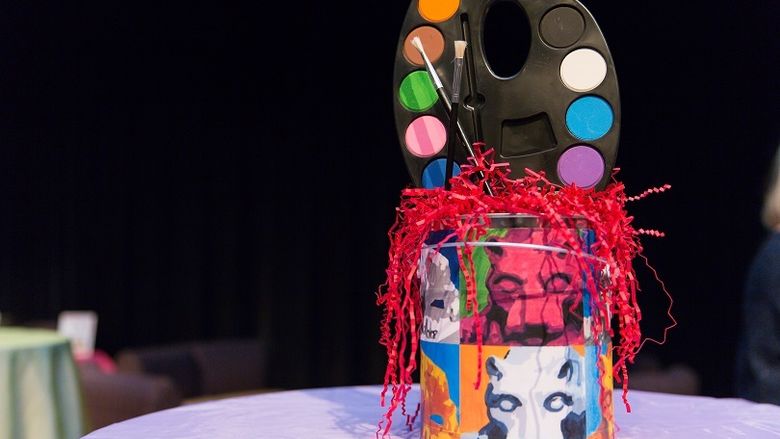NEW KENSINGTON, Pa. — New Kensington native John Dorinsky brings the mysterious to life. He will share his dramatic artworks in the Penn State New Kensington Art Gallery in an exhibit titled “Sand Dune Raku” through Sept. 29. The show is free and open to the public, with a public reception to be held from 7 to 9 p.m. on Friday, Sept. 8.
“Imagine glowing hot ceramics, like molten flares, pulled from a kiln with steel tongs. Quickly they are thrust into a metal container filled with combustible material and promptly smothered. Smoke and flames belch from within the container with the fury of Dante’s ‘Inferno,’” said Dorinsky as he described the Raku firing process which originated in ancient Japan.
Dorinsky reinterprets this thrilling process and reinvigorates it with an innovative series of 47 dramatic pieces of ceramic art spanning a ten-year period from 2005-15.
“The designs of my work are conceived as planned sand resists to the one undeniable reality of Raku — the reduction fire.This occurs when the ware is taken from the kiln glowing hot and placed in a chamber where it catches fire and is promptly smothered. Carbon from the trapped smoke of the fire permeates the unglazed surface of the clay. The glazed areas of the design resist the carbon completely. They shine iridescently against the matte black of the areas that have absorbed carbon,” said Dorinsky. “In my process, which is called “Sand Dune Raku,” the plate is placed face down in the sand and set on fire from the back. Wherever the sand touches the plate, it blocks the carbon. This creates a contrapuntal pattern of dark and light values that accompanies the glazed areas with surprisingly beautiful results.”
Dorinsky first learned of Raku in 2003 while participating in a class at the Pittsburgh Center for the Arts.
“I was immediately drawn in by the inherent drama and decisiveness of its firing process. There could be no second thoughts or revisions. The image emerged with a finality, transfixed in the clay plate with its stresses, cracks and imperfections that incorporated themselves magically into its composition. The format, unlike a stretched canvas, was raw and uneven and could be varied. This gave each work a primitive yet modern ‘feel’ and severity of design,” said Dorinski. “As a painter, I appreciated the vast palette of blacks, whites and intermediates offered by the matte and gloss Raku glazes. They transformed an ordinary bisque plate into an intimate luminous universe where phosphorescent bursts are cut off by impenetrable black voids. This medium engaged and captivated me with its simplicity, directness and … mystery.”
Before discovering Raku, Dorinsky kept a dream journal. He would use its imagery for ink drawings. In Raku, Dorinsky noted, he saw an untapped potential to express the psychological drama that is characteristic of dreams.
“There is an inherent ‘sturm und drang’ or ‘storm and stress’ to Raku firing that is primordial and immediate. It is as though the clay bisque plate was ripped out of the consciousness of the firing kiln and thrust into the dark unknown of the awaiting reduction chamber. It is a convulsive turbulence, a necessary Promethean prelude, to the attainment of the blissful serenity of the ‘Cosmic Night’ that is Raku,” Dorinsky shared.
“When John came to the gallery, he described the artistic process of Raku and I became very interested in exploring it further," said Tina Sluss, art gallery director. "Most people have seen Raku art but don't realize it. John creates each piece of earth art with energy and calm, allowing it open to interpretation, but also forcing you to look deeper into each piece. I look forward to having such an accomplished artist in our gallery and welcome the campus and community to explore the art of Raku.”
An active member of the Associated Artists of Pittsburgh, Pittsburgh Society of Artists, and Pittsburgh Print Group, Dorinsky, who is a retired art teacher, has exhibited his work professionally for more than 30 years. His paintings, prints and ceramics have been featured in museums and cultural centers across the nation, including the Carnegie Museum of Art, the New Jersey Center for Visual Arts and the Fine Arts Institute of San Bernardino County Museum.
Dorinsky began his art career at the New York Studio of Drawing, Painting and Sculpture and earned his degree in 1975. He continued his education at the University of Pittsburgh and obtained both his Bachelor and Master of Art degrees. In 1991, Dorinsky earned his Bachelor of Science degree in art education from Indiana University of Pennsylvania.
The public may visit Dorinsky’s work in the campus art gallery from 8 a.m. to 8 p.m. weekdays, and noon to 5 p.m. weekends.
Each month, Penn State New Kensington features the multimedia works of local and regional artists. The exhibits are free to the public. For more information or a schedule of upcoming art exhibits, contact Sluss at 724-334-6056.
